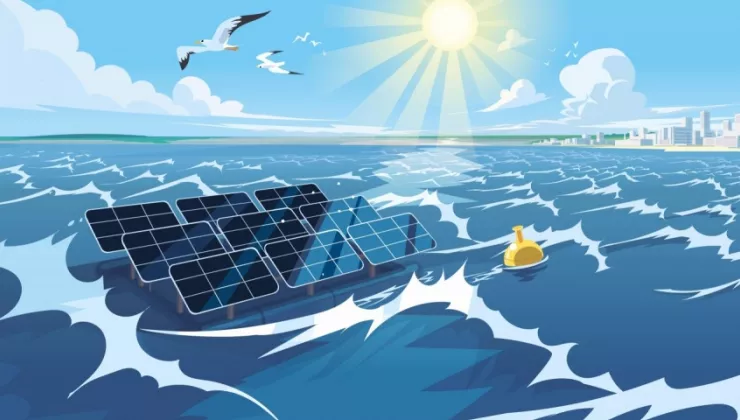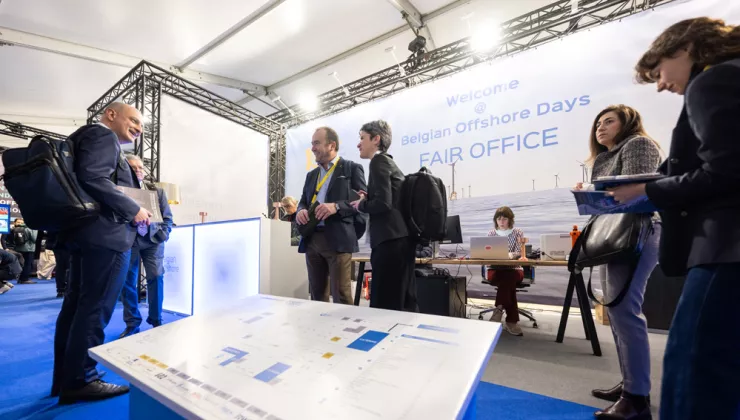Prospection of bioactive substances in 50 North Sea species completed
IIn the PROBIO project, fifty organisms from the Belgian part of the North Sea were screened for bioactive metabolites. This allowed the partners to build an essential knowledge base to enable further research into commercial applications in various sectors. Examples include cosmetics, pharmaceuticals, food, chemicals and materials.
PROBIO was an initiative by VLIZ, VIB, Ghent University and KULeuven. The project started on 1 November 2019 and ended on 31 October 2022. The project results are now publicly available.
List of 50 species for screening
The starting point for the sampling and screening activities was the identification and selection of 50 North Sea species with a commercial potential for bioactive compounds. The species were selected on the basis of reported biological activity in scientific literature, growing potential and the biomass availability in multiple locations.
For each of these species, a “bioprospection map” was drawn up with information about their composition, growing potential and spatial distribution. The Flanders Marine Institute carried out sampling campaigns in each of the four seasons and collected samples in 40 different locations (both nearshore and offshore) in the Belgian part of the North Sea.
High-throughput screening platform
41 samples with high biodiversity and chemical diversity were used to develop and validate a high throughput screening protocol of PROBIO samples In total, 31 species and 9888 organism fractions were screened.
A workflow was established between VIB, KU Leuven and Ghent University for the bioassay screening. VIB was responsible for fractioning the samples, KULeuven for testing the electrophysiological activity (with 3 targets), and Ghent University for testing the antimicrobial activity (with 5 targets).
In these 31 species, 11 positive “hit” fractions were found that show a (very) strong bioactivity. These fractions were therefore fractioned even further in smaller subfractions to find the component responsible for the bioactive effect.
The analytic screening resulted in a very valuable data set of 374 samples from 50 different species. This data set is made publicly available by VIB.
Veelbelovende toepassingen
Primary and secondary metabolites in marine organisms are essential as they have unique properties and a wide valorisation potential. On the basis of the bioassay screening results, five species and five use cases were selected that are promising for further research, namely Asterias rubens, Echinocardium cordatum, Ophiura ophiura, Sargassum muticum and Ophiura albida.
The industry is currently most interested in applications such as “antifouling solutions in offshore and onshore aquaculture facilities”. To this end, a number of techno-economic assumptions need to be validated by means of a feasibility study before commercial production processes can be developed.
However, the gap between research results and industrial application is still too large, and additional scientific research is required. The next step towards valorisation is identifying and purifying the compounds found in the “hit” fractions. This knowledge is paramount to the industry to register and develop new products.
All data and reports are available on the PROBIO information portal. Interested in exploring the PROBIO valorisation possibilities? Please contact Kristien Veys.


